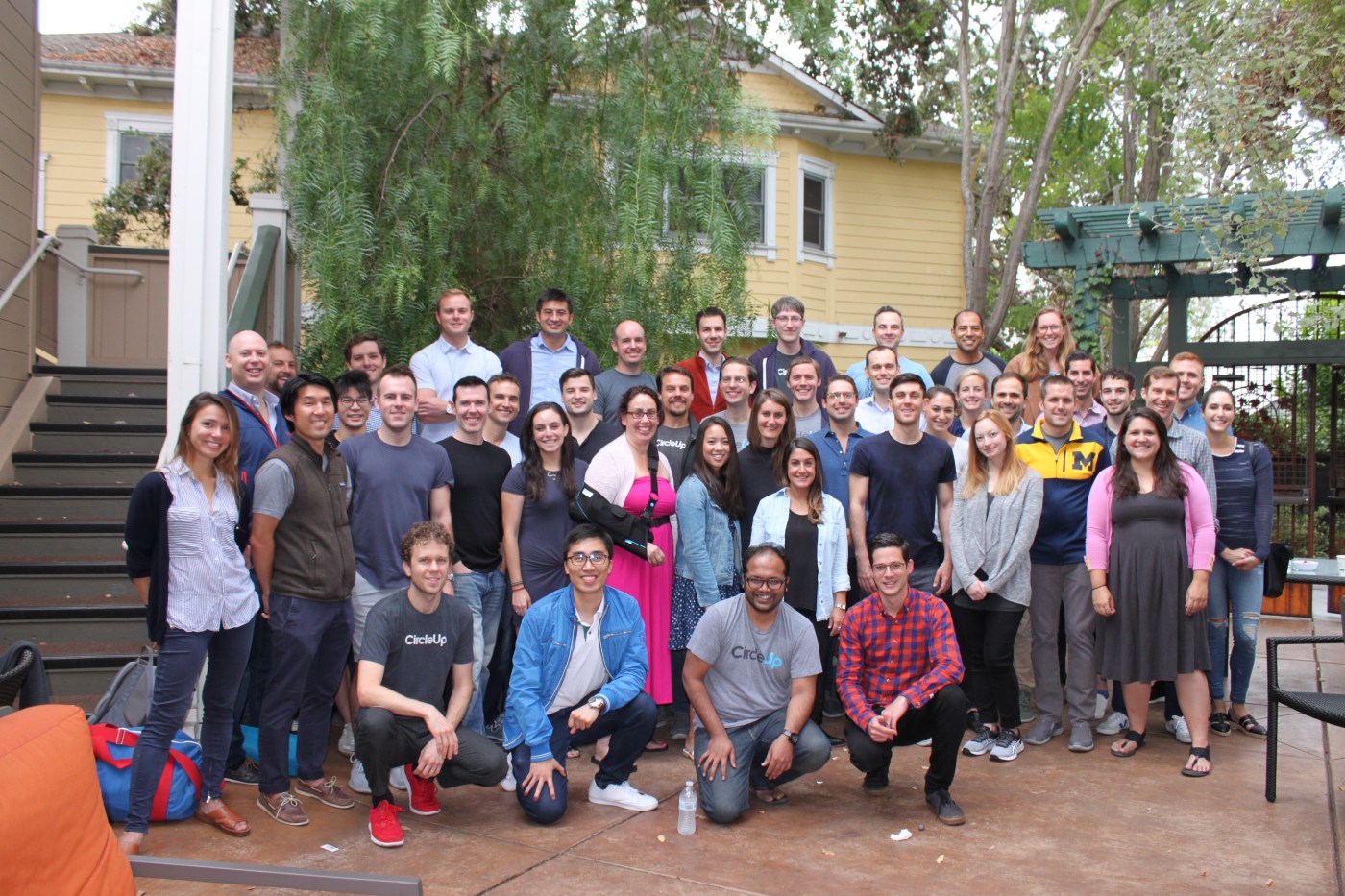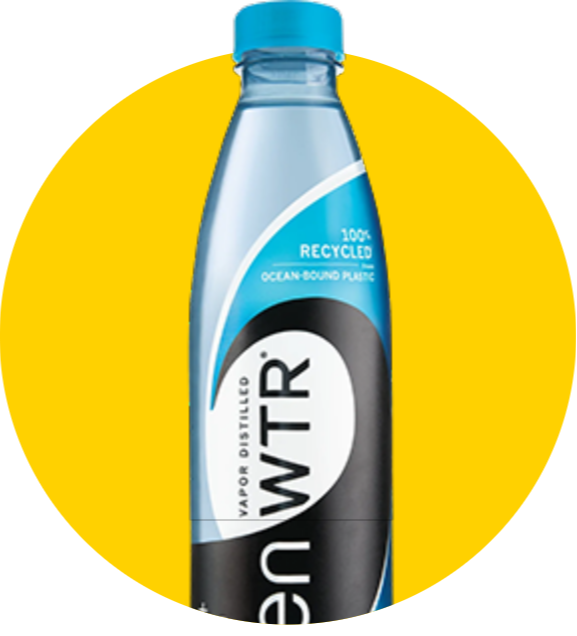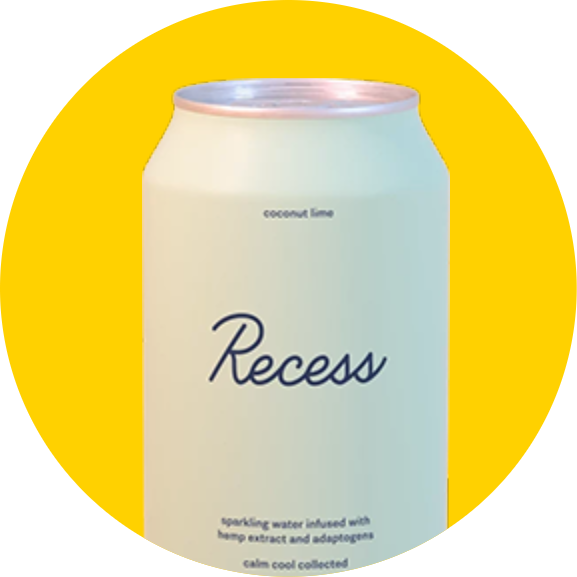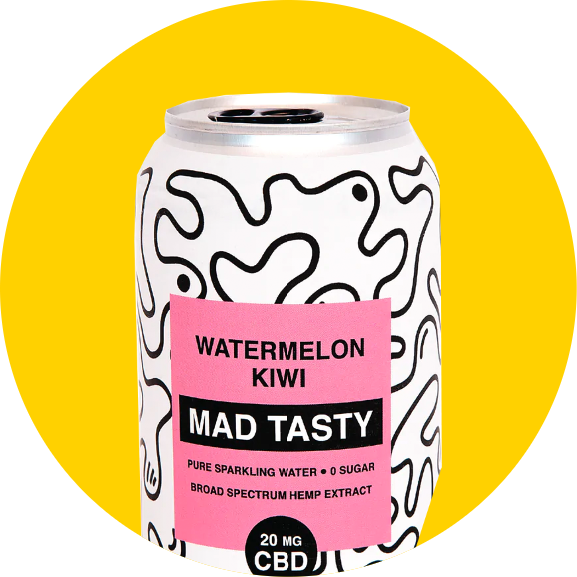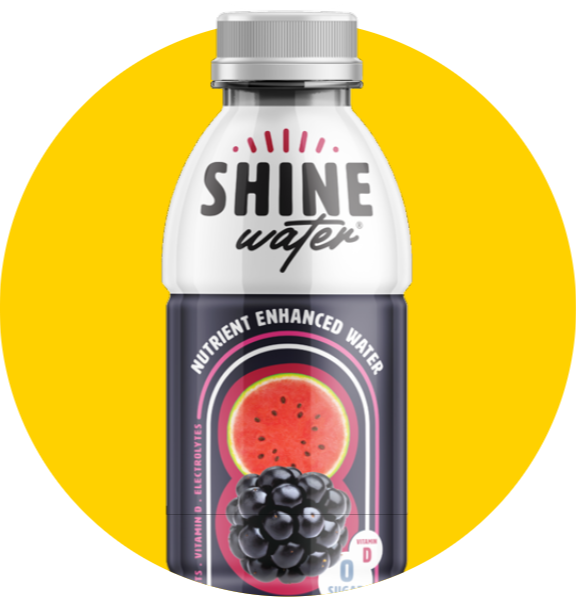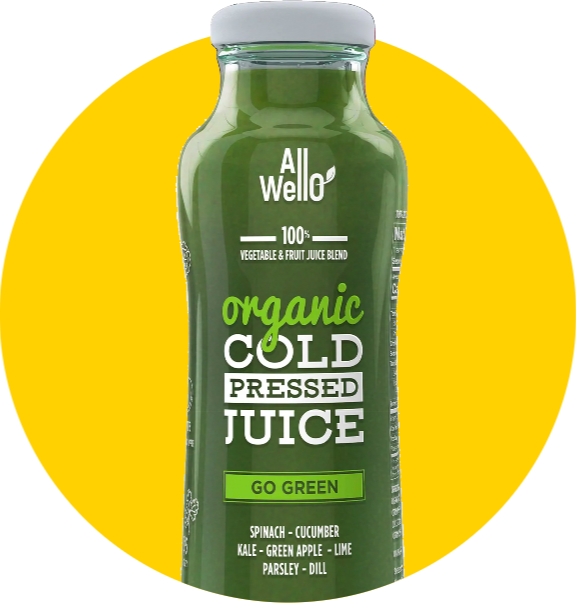Last summer I took the biggest leap of my career. After spending three years at the private equity firm TPG, and learning from some of the best private market investors in the world, I made a bet on a five year old company that was using data science to invest in an important way that nobody else was. Now, eight months after joining, I thought I would start my series of blog posts with a reflection on my time at CircleUp so far.
I’m probably a rare case in the investing world in that I grew up hanging out in artificial intelligence (AI) labs. I was born while my parents were finishing their PhDs in computer science, and I spent countless hours after school in their offices at the University of Toronto as they pursued faculty careers in the field. I know what you’re thinking – I should have seen this AI movement coming early – but at the time my parents’ jobs were not as exciting to me as they would grow to be. It was not until I began learning about machine learning disrupting hedge funds, airlines and even professional sports teams that I realized the broader implications of their work, and started wondering why the same thing wasn’t happening in the world of private equity.
Removing Bias and Changing the Scorecard
To understand the role of AI and Machine Learning in investing, we have to start with our biggest weakness: our subconscious bias. Daniel Kahneman and Michael Lewis have written at length on the strange ways we make decisions — aggressively avoiding losses but conservatively pursuing wins, or valuing a baseball player’s home runs and batting average over their direct effect on their team’s chance of winning. Most good investors know this, so they use an objective scorecard to keep them honest — but what if that scorecard just reinforces their bias?
At CircleUp we wear t-shirts branded with the mantra: Helio > Heuristics. It reminds us to strive for absolute objectivity, and the starting point is re-writing the scorecard we use to evaluate companies. In my mind, the greatest output from data science in public market investing and sports has been the innovation in quantitative risk and player evaluation that has changed the metrics that people care about when making a prediction or judgment call. With Helio we’re trying to do the same thing. For example, one of our early findings has challenged industry wisdom and shown that growth in distribution is actually a better leading indicator of future revenue growth than velocity. I’m excited to work towards contributing more of these findings to our industry, to help investors and companies make better decisions.
The Challenge of Adoption
One problem that we talk less about, but that I’m equally excited to help address is the challenge of adopting scorecards and insights that challenge our heuristics. I like to compare it to a common question associated with another incredible AI innovation taking place today: self-driving cars. How much safer a driver than you does a self-driving car need to be before you’re willing to let the computer take over completely? While we’re perhaps not risking our lives when we make an investment decision, it is still no easy task deferring to a computer when it challenges your closely held beliefs. CircleUp has impressed me so much in this area, creating a culture of accountability to use and improve Helio, and prioritizing interpretability of our models. Until the day comes when humans have no role in the investing process, a lot of value will be created by finding the right balance of collaboration between investors and machines.
A Point in Time in Consumer
Helio was not the only thing that excited me about CircleUp — I was also excited by the unique point in time we’re living in as consumers. Never in my lifetime have I seen so many different innovations happening at once, and for the companies doing the disrupting you might say chaos is a ladder. People can eat and drink better for you, natural and/or organic products like nutpods without sacrificing taste, consumers are applying that same demanding criteria towards what they put on their skin, digitally native DTC brands like Harry’s and AWAY are disrupting virtually every consumer product that didn’t innovate for 50 years, and Instagram influencers like Jeannette Ogden (@shutthekaleup) and Jordan Younger (@thebalancedblonde) have given these brands the platform they need to be discovered at scale.
CircleUp’s mission resonated with me from day one: to help entrepreneurs thrive by getting them the capital and resources they need to be successful. Many of these entrepreneurs are innovating in ways that make us healthier, save us money and make our lives better. The chance to bring more objectivity and fairness to the space with Helio and invest behind the best of these entrepreneurs got me excited to make this move, and eight months later I’m glad I picked the right team.
Zen Water
A water brand with an estimated revenue of $10-$20M (a +407% YoY increase)
Recess
A carbonated drink brand with an estimated revenue of $10-$20M (a +104% YoY increase)
Mad Tasty
A water brand with an estimated revenue of $1-$5M
Shine Water
A water brand that is in 3,000 retail doors (a +329% YoY increase)
All Wello
A juice brand with an estimated revenue of $1-$5M (a +89% YoY increase)
By understanding how these trends will impact the CPG landscape, you can position your business for success.
To learn more about Helio or get in touch, visit heliodata.com.

